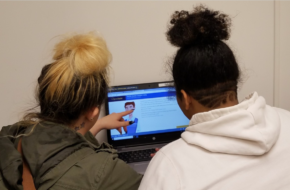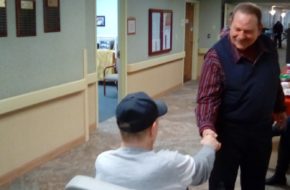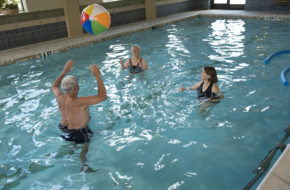In my work as a certified relocation and transition specialist, I come in contact with many people who have lived in the same home for 20 or 30 years or even longer and who have found their accumulation of things to be overwhelming.
In fact, because of all their “stuff,” they often can’t face the idea of moving into smaller accommodations to begin retirement, as a result of health changes or to reduce home costs.
Moreover, the issue of dealing with too much stuff can affect anyone, regardless of age, even though I typically work with older adults transitioning to a smaller home or a senior living community.
Armed with a few strategic tips and guidelines, however, most people can tackle even the most difficult home-organization project with confidence.
The key is about “right-sizing” your living space.
A good place to start is by categorizing possessions into groups: items you need, love and want. A good space will contain only what we need and love and a little bit of what we want.
A great space will have only what we need and love.
A common stumbling block clients describe to me is hesitance to get rid of their children’s old belongings or items they have stored for friends and family.
I tell them not to let this hold them back from taking the first step toward getting organized. Contact children and friends to find out if they want their items back or no longer have use for them. If not, there are many ways to dispose of them, including donation to a nonprofit or selling them online.
The old adage that one person’s “trash” is another’s treasure is true!
Of course, letting go of items collected over the years is tough. Sometimes, though, it can help to take a last look at an item and share your memories about it with a family member or friend—and then pack it away for good.
Depending on your ultimate goal for reorganizing, it’s important to ask yourself if you really do need an item. As just one example, instead of keeping a dinner service for 12, reduce it to four.
I often provide these tips in seminars at senior living communities or work directly with individuals and families contemplating a move.
But whether you plan to right-size your living space with the help of family members or with a professional, the best way to approach what can often be an emotional situation is with the benefit of a good plan.
—Carolyn Doerr owns Caring Transitions of Mechanicsburg












